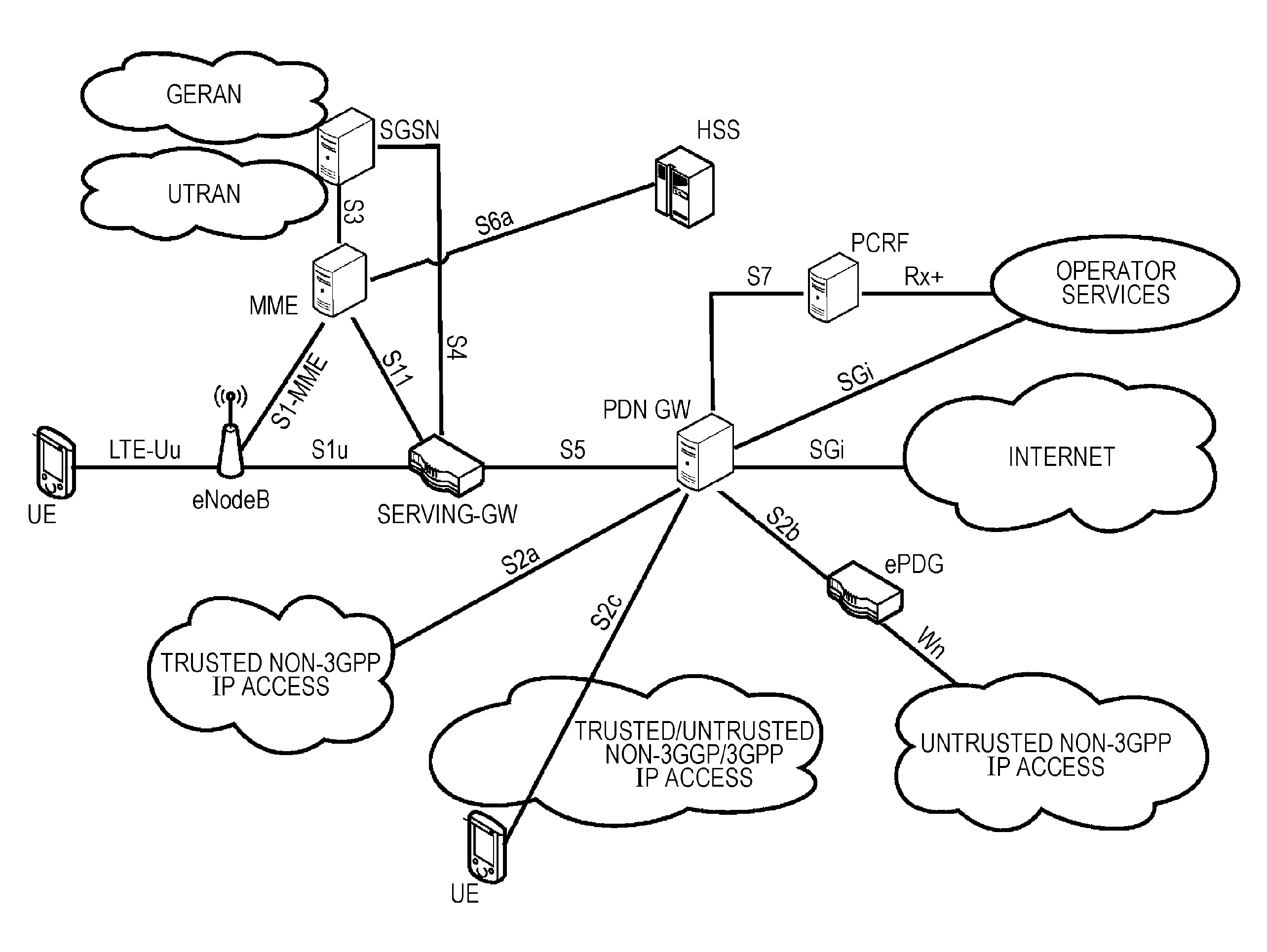Power headroom reporting for mtc devices in enhanced coverage mode
a technology of enhanced coverage and power headroom, which is applied in the field of enhanced coverage reporting of power headroom for mtc devices in enhanced coverage mode, can solve the problems of limited possibility of increasing transmission power, not being able to configure a mobile terminal with more uplink component carriers, and difficulty in finding a spectrum band which is wide enough for lte-advanced systems. , to achieve the effect of enhancing coverage mod
- Summary
- Abstract
- Description
- Claims
- Application Information
AI Technical Summary
Benefits of technology
Problems solved by technology
Method used
Image
Examples
first embodiment
[0209]A first embodiment of the present disclosure will be explained in connection with FIG. 10, which is a sequence diagram for the operation of the first embodiment of the present disclosure at the UE side. As apparent therefrom, the power headroom reporting as standardized is changed to take into account whether the UE is in enhanced coverage mode, in which case always the virtual power headroom is reported. Correspondingly, an additional check is included as to whether or not the user equipment is operating in the enhanced coverage mode.
[0210]At the beginning, the UE is triggered to report power headroom; i.e. the power headroom reporting procedure determines that one PHR has been triggered. This can be e.g. either of the standard triggers for power headroom reporting as defined already in the standard TS 36.321 subclause 5.4.6. The present disclosure however is not restricted thereto; the present disclosure functions also with any other trigger for starting the power headroom r...
second embodiment
[0238]A second embodiment of the present disclosure is the same as the first embodiment, except that a further check is introduced into the PHR procedure to determine or not whether the UE is in a power-limited situation or not. Consequently, instead of always reporting the virtual power headroom when operating in the enhanced coverage mode, the UE further determines whether it is power-limited such that the UE always reports the virtual power headroom when it is both in enhanced coverage mode and also being power-limited.
[0239]The second embodiment will be explained in connection with FIG. 11, which is a sequence diagram for the PHR reporting procedure implemented in the UE.
[0240]As with the first embodiment, the UE according to the second embodiment will be eventually triggered to report its power headroom; e.g. by a periodic trigger. Upon being triggered to perform the power headroom reporting, two determinations will be performed by the UE; these may be performed sequentially (i...
third and fourth embodiments
[0250]For the third and fourth embodiments the same scenario is assumed as for the first and second embodiments. In particular, a UE that can be configured to operate in an enhanced coverage mode, using corresponding enhancement techniques to extend coverage. Additionally, it is assumed that at least the technique of transmission repetition is used for UEs in the enhanced coverage mode. As explained in the background section, in the uplink and downlink a particular transmission can be repeated several times to make sure that the transmission can be decoded correctly at the receiver; this is similar to TTI bundling. Although not yet decided, it is expected that different repetition levels will be defined, such as 10, 20, 50 and 80; meaning that a particular uplink or downlink transmission is configured to be repeated 10, 20, 50 or 80 times, depending on the configuration. By soft combining the various repeated transmissions, a successful decoding is facilitated. Alternatively, instea...
PUM
 Login to View More
Login to View More Abstract
Description
Claims
Application Information
 Login to View More
Login to View More - R&D
- Intellectual Property
- Life Sciences
- Materials
- Tech Scout
- Unparalleled Data Quality
- Higher Quality Content
- 60% Fewer Hallucinations
Browse by: Latest US Patents, China's latest patents, Technical Efficacy Thesaurus, Application Domain, Technology Topic, Popular Technical Reports.
© 2025 PatSnap. All rights reserved.Legal|Privacy policy|Modern Slavery Act Transparency Statement|Sitemap|About US| Contact US: help@patsnap.com



